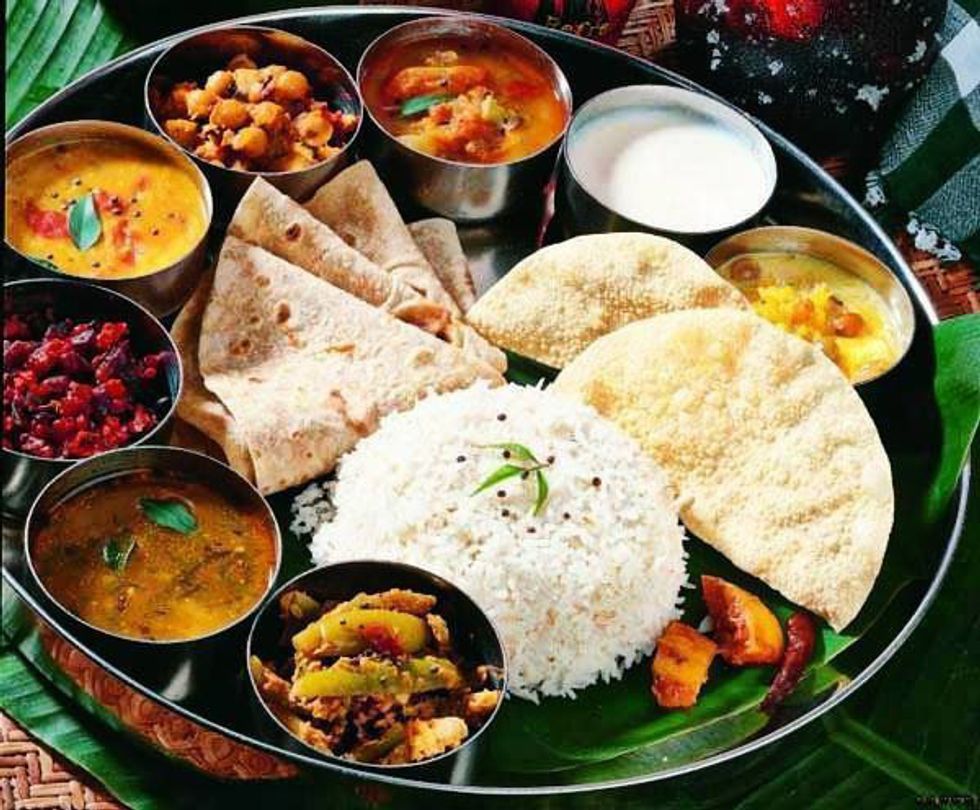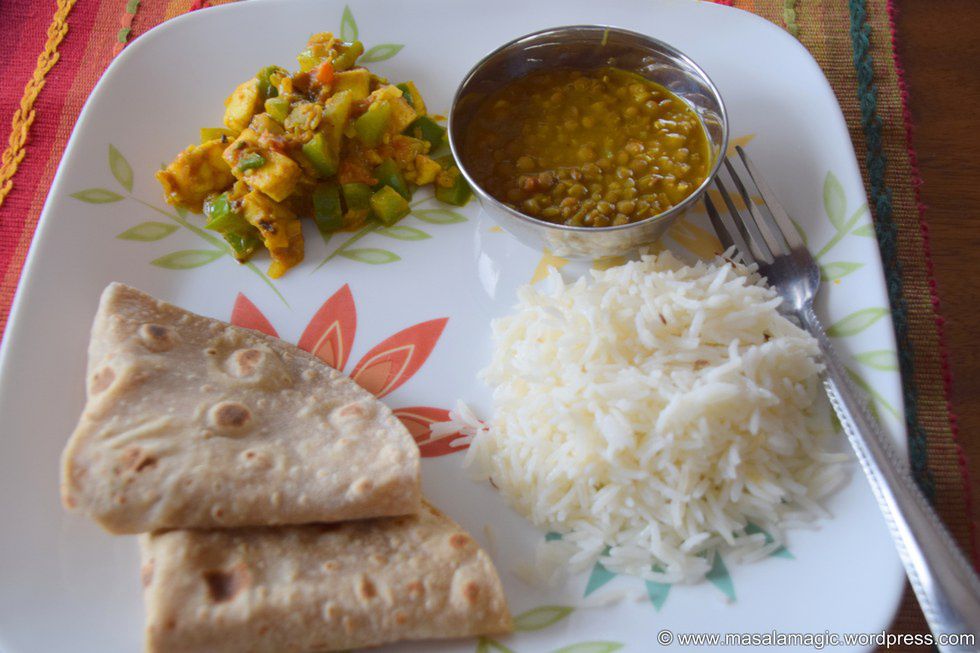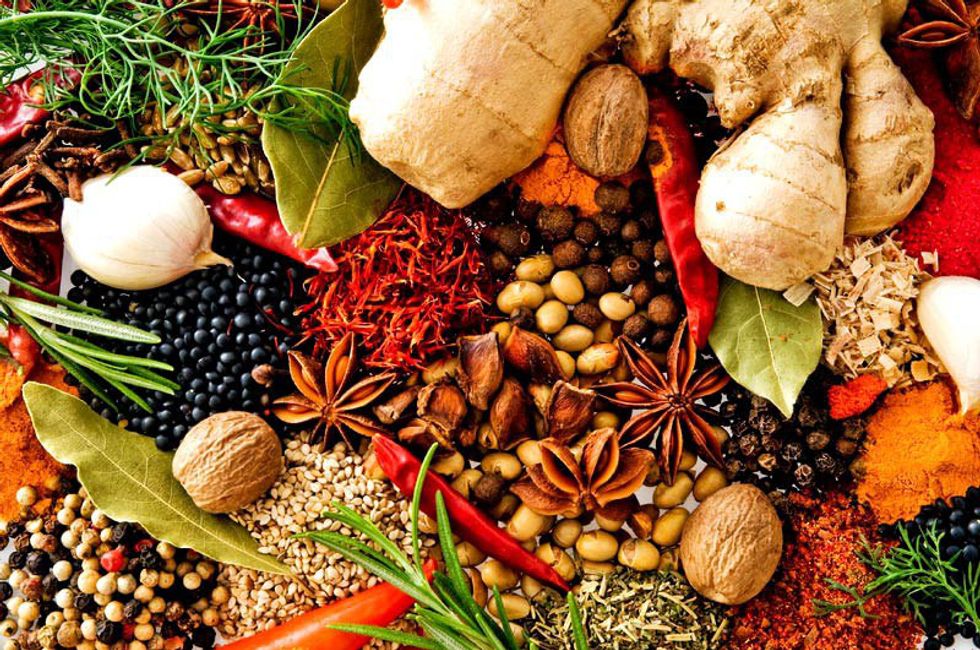Hello! I’m Miheer and I am a proud Indian. I love my culture, traditions and most importantly, I love my food! I believe that food is one of the most important parts of any culture as it shows how a culture has evolved and it is enjoyable to sit down with friends and family and share a meal. There have been some myths surrounding Indian food that have been prevalent in mainstream media as well as some I have experienced first hand. Allow me to debunk some these myths and let you in on what makes Indian food truly amazing.
1. Indian food is all spicy.
Indian food is not entirely dominated by strong and bold flavors; in fact, we have multiple variations of every dish you could imagine. We use a variety of ingredients such as onion, ginger, garlic, chilies and dry spices to a certain extent which can all be adjusted to an individual’s palate. I will be honest in saying that certain dishes are supposed to be prepared with a lot of spice but there are plenty of milder alternatives that are just as tasty such as khichdi (rice and split lentils), bhindi (stir fried okra), aloo-jeera (potatoes cooked in dry spices and cumin) and many more. Khichdi is a mildly spiced preparation of rice and lentils which is an absolute delight. It is often prepared with a variety of vegetables which makes it a perfect one-dish meal.
2. Indian food is unhealthy.
This is again a common stereotype that does not apply to all Indian food. Some dishes are meant for one to indulge in such and our deserts do not hold back with cream and sugar but a clear majority of Indian food is prepared right is very healthy and balanced. A typical Indian meal consists of roti (flatbread), a vegetable, a lentil soup, rice, and yogurt. That is a perfect blend of carbohydrates, proteins and fats and vitamins/minerals. Furthermore, a lot of the spices we use such as turmeric, asafetida, cumin powder etc. have medicinal properties that can help one stay healthy and in shape.
3. Indian food is very complex to prepare.
Again, it all comes down to preparation. Since there are multiple variations to any given dish, preparation can vary from an intricate and complex hour long preparations to simple 10-minute preparations. Indian food is based on a balance of efficiency and indulgence and it allows for a lot of experimenting to find the correct balance that suits every individual’s cooking style and preference. For example, daal (lentil soup) has so many variations that are impossible to categorize it as an easy or complex preparation. Daal can range from a simple cumin-garlic seasoning to a complex 10 spice slow cooked indulgence.
4. Indian food = Curry.
Whenever people mention Indian food, they always refer to it as curry. Curry is a very generic word to denote an Indian preparation but we have 28 different states and each state has a distinct way of preparing food as locally available ingredients are considerably different. What makes Indian food so distinct is not curry powder but a distinct mixture of 7 to 9 different dry roasted whole spices called garam masala which translates to ‘hot spices’. Every cook uses a different proportion of spices and it is these dry roasted whole spices that give Indian food its distinct flavor, not curry powder which is usually just turmeric cumin and red chili powder.
5. Indian food can make you gassy.
Indian food does not make you gassy! It is as simple as that. Sure, our food is a little complex to digest but so many of the spices we use such as fennel seeds, carom seeds, asafetida and cumin seeds are incredibly potent in helping one digest food. Preparation is also a key factor here as if the preparation you have had is cooked in a lot of oil and/or is a cashew/ cream based dish, it will naturally be difficult for your stomach to process it.
There are so many interesting aspects of other cultures around the world and I personally love to hear others talk about their culture, traditions, and food. Let’s start a discussion below and leave a comment below if you could relate to any of these myths or let us know about any myths people may have about the food of your culture.




























